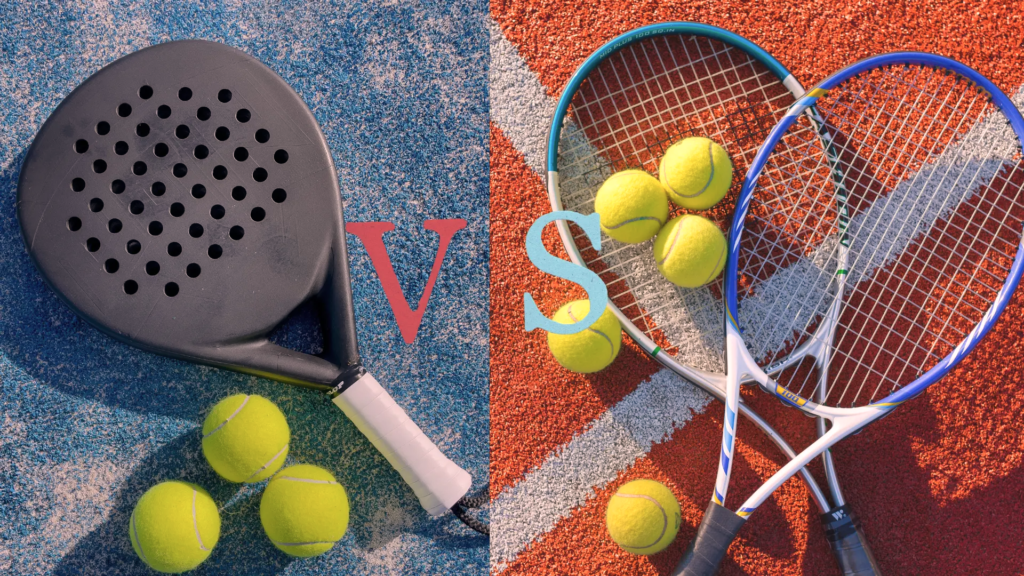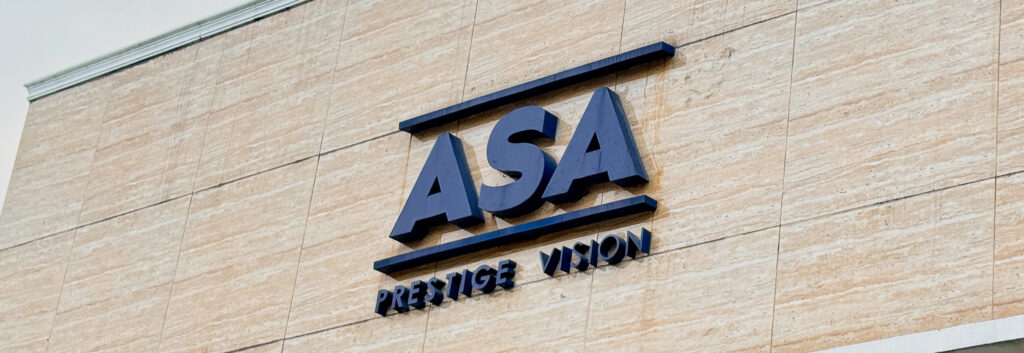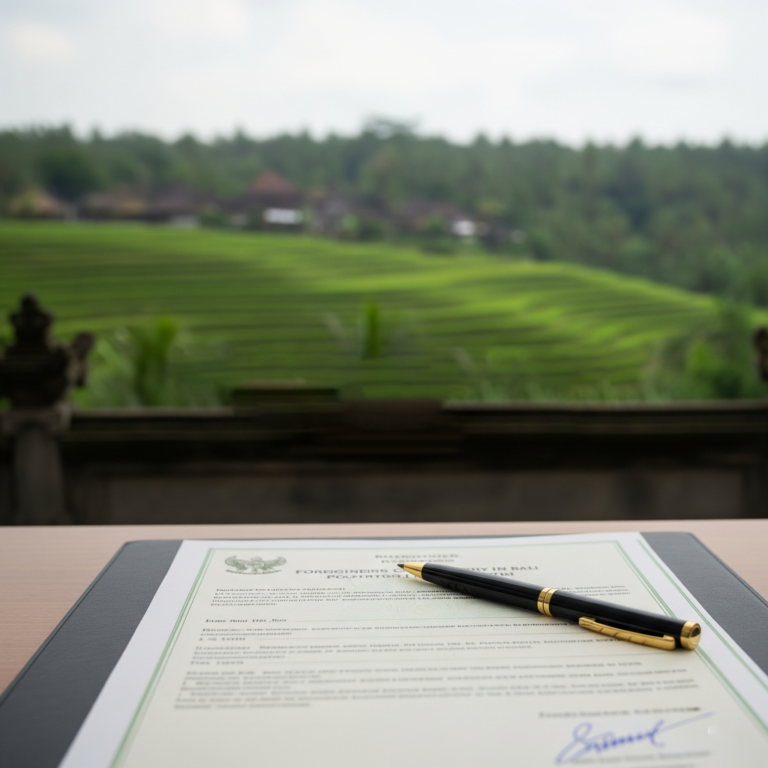Searching for a Padel vs. Tennis comparison? If you’re a tennis enthusiast seeking a new challenge, or simply curious about the fastest-growing racket sport, this article is your answer. For decades, tennis has reigned as the king of racket sports, known for its dynamic play and athleticism. However, Padel has now emerged, captivating global players with its unique blend of strategy and social interaction. While both involve rackets, a net, and a ball, fundamental differences in rules, court design, and gameplay create distinct experiences. This article will compare both sports, explaining how Padel differs to Tennis and it will indeed focus on their rules, courts and gameplay nuances.
Padel: The Basics
What is Padel?
Originating in Mexico in the late 1960s, Padel is a dynamic racket sport combining elements of tennis, squash, and badminton. It has spread rapidly in popularity across the Spanish-speaking countries before recently gaining momentum internationally; all in a very brief period of time. The reason for this rapid growth is that it is social, easier for beginners, and offers a fast, strategic, and incredibly addictive game. To all of those who play tennis regularly, padel has a very different set of challenges while also offering an immediate game of competition.
Read Also : What is Padel and Why Bali is Becoming its Southeast Asian Hub
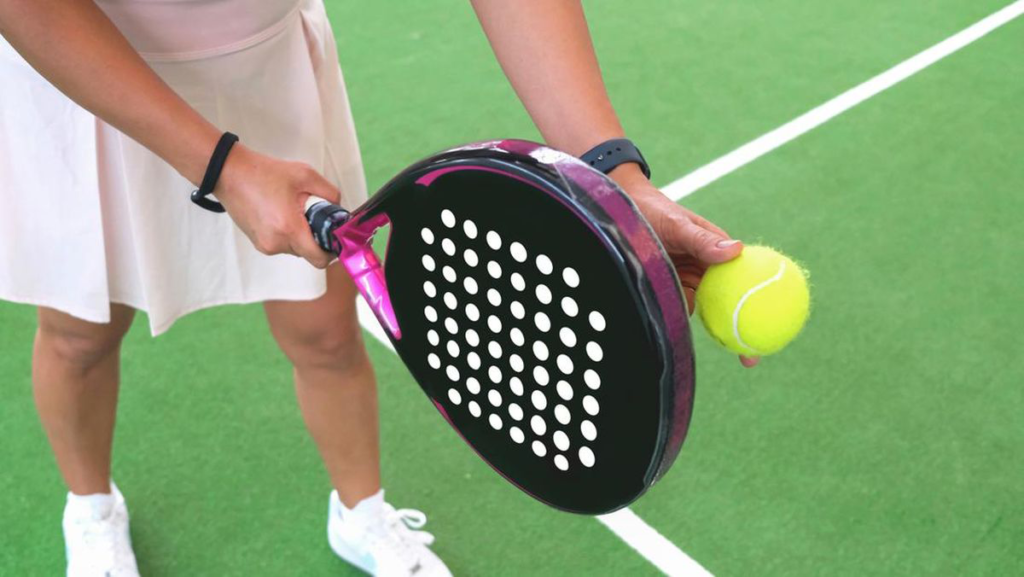
Padel Gameplay and Rules:
A padel court is much smaller than a tennis court, typically measuring 20 meters (65.6 ft) in length and 10 meters (32.8 ft) in width according to FIP regulations. There is an enclosed area built with sturdy glass and metallic mesh walls which is part of the game. These materials chosen for durability and optimal ball rebound, allows players to create unique angles and plays wich are not possible in traditional tennis
Padel’s rules are straightforward and accessible, usually using tennis scoring (15, 30, 40, game, set, match). However, key differences shape its unique gameplay. Serves are underhand, hit below waist level into the opponent’s service box, and can bounce off the back or side walls once.
The main rule and structure of the gameplay is the use of the walls: after one bounce on the ground, players can hit the ball directly or off one or more walls before returning it, but not twice on the ground. This leads to longer, more continuous rallies and a “chess match” style of play, emphasizing volleys, lobs, drop shots, and angled wall shots over brute power. Padel is almost exclusively played in doubles, with the court size and wall use perfectly suited for four players, fostering highly social and collaborative play. While initially slower, padel quickly becomes intense, demanding constant movement and strategic thinking for an enjoyable workout.
Tennis: The Classic Sport
A. What is Tennis?
Tennis, the “sport of a lifetime,” has an extensive history from various forms of ancient racket games to the modern form introduced in England in the late 19th century and quickly gaining in popularity and spread around the world as a popular individual sport for people to play and watch. Tennis remains a viable option for many to enjoy for recreational and competitive purposes because of the unique combination of athleticism, strategy, and endurance and has delivered a range of competitive experiences in both singles and doubles.
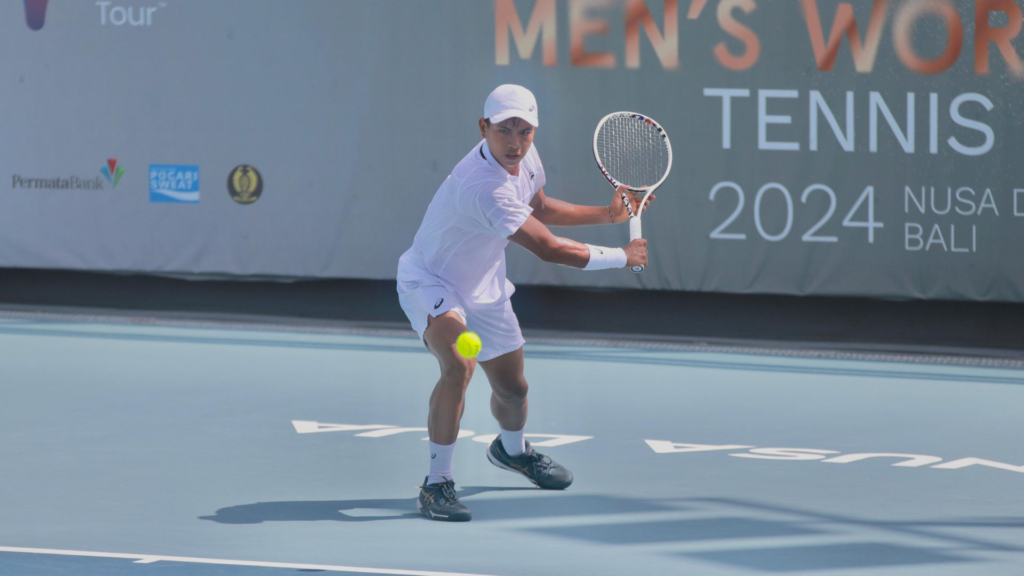
B. Tennis Court, Rules, and Gameplay:
By comparison, tennis courts are vastly larger than a padel court, According to the International Tennis Federation (ITF) a standard court is 23.77m (78ft) long with a width measuring 8.23m (27ft) for singles and 10.97m (36ft) for doubles. The court is divided by a net suspended from a height of .914m (3ft) at the center and 1.07m (3.5ft) at the posts. Courts are made of hard, clay, or grass materials, each produce a markedly different experience. Unlike padel, tennis courts are open-air, with boundaries defined solely by lines.
Tennis rules are well-established, governing every aspect of play, and its gameplay is renowned for emphasizing raw power, explosive speed, and sustained endurance. Serves are typically overhead, hit diagonally into the opponent’s service box (two attempts). This powerful serve sets the tone for high-energy rallies. Scoring is unique: “love,” 15, 30, 40, game; win by four points with a two-point lead, with “deuce” at 40-40. Matches are best-of-three or five sets. The ball may only bounce once on your side. Played in both singles and doubles, tennis demands powerful groundstrokes, court sprints, and long, physically demanding rallies. Crucial elements include pace generation, efficient court coverage, and high energy. A wide array of shots (groundstrokes, volleys, smashes, lobs, drop shots) are used. Generally faster and more physically demanding than padel, tennis requires players to cover more ground and rely on individual athleticism.
Padel vs. Tennis: A Side-by-Side Comparison
For a clearer understanding, here’s a direct comparison of Padel and Tennis:
| Criteria | Padel | Tennis |
|---|---|---|
| Initial Difficulty | Generally easier to learn | Steeper learning curve |
| Court Size | Smaller (10m x 20m) | Larger (10.97m x 23.77m for doubles) |
| Court Type | Enclosed by glass/mesh walls | Open-air, defined by lines, no walls |
| Racket/Paddle | Solid, stringless paddle with holes | Strung racket |
| Ball | Similar to tennis ball, but with less pressure | Standard tennis ball |
| Serve | Underhand, below waist level | Overhead |
| Use of Walls | Integral part of play (ball can bounce off walls) | Walls are out-of-bounds |
| Game Format | Almost exclusively doubles | Singles and doubles |
| Game Focus | Strategy, volleys, precise angles | Power, speed, endurance, groundstrokes |
Deeper Dive into Key Differences:
Aside from just basic comparisons, there are things that truly differentiate these sports:
- Equipment: Padel uses a solid, stringless paddle with holes for control; tennis is played with a strung racket that has long strings for power/spin. Padel balls have less pressure than tennis balls, resulting in a slower game.
- Physical Demands: Padel involves less running and high-impact movements as it is played in a smaller court that takes advantage of wall usage. Tennis demands significant endurance, explosive sprints, and high-impact stops, making it more physically demanding.
- Learning Curve: : Padel is easier to learn and has a gentler learning curve than tennis. For newbies, they begin to experience rallies far sooner in padel than tennis due to smaller size of the court, slower ball travel, and forgiving walls Tennis requires much longer practice to get more comfortable, since it includes an overhead serve, larger court, and much stricter footwork requirements.
- Social Aspect: Padel plays double by its nature and provides a more social environment through interaction with partners. Tennis does play double but is done on a larger court, thus providing less reliance on partner communication during play.
Which Sport is Right for You?
After exploring the distinct rules, court characteristics, and gameplay nuances of Padel and Tennis, the question is: which sport suits you? The answer depends on your goals, physical capabilities, and desired racket sport experience.
A. Consider Your Goals: If you want a social sport that is fun and an easy sport to learn, with fun rallies that you can progress in quickly, then Padel is for you. Its smaller court and wall reliance foster interaction and reduce ground coverage, making it accessible to diverse ages and fitness levels. Conversely, if you thrive on intense competition, physically demanding workouts, and a sport with long-standing tradition, Tennis is your match.
B. Accessibility: Court availability is crucial. While tennis courts are ubiquitous, padel’s rapid expansion means there are more courts opening up, especially in tourist hubs like Bali.
C. Personal Preference: In the end, it is a decision that is personal to you. There are benefits and challenges of both sports. We do encourage you to give them both a try, you may like them for different reasons!
Conclusion
In summary, Padel and Tennis provide two very different experiences. Tennis with its larger courts and emphasis on physicality, remains a timeless classic. Padel, conversely, stands out with smaller, walled courts, and a focus on strategy, volleys, and social interaction, making it accessible and rapidly popular. The use of the walls in Padel transforms gameplay into dynamic, engaging rallies, fostering camaraderie.
The growth of Padel is undeniable: it’s easy to pick up, fun to play, and offers a great workout without tennis’s same physical demands. Its social nature and strategic depth make it a compelling choice for all skill levels.
Ready to experience padel or build a state-of-the-art padel court in Bali? Contact ASA Group Indonesia today for expert consultation and construction tailored to your needs! Let us transform your vision into a world-class padel court, enhancing your property and passion for the game!





